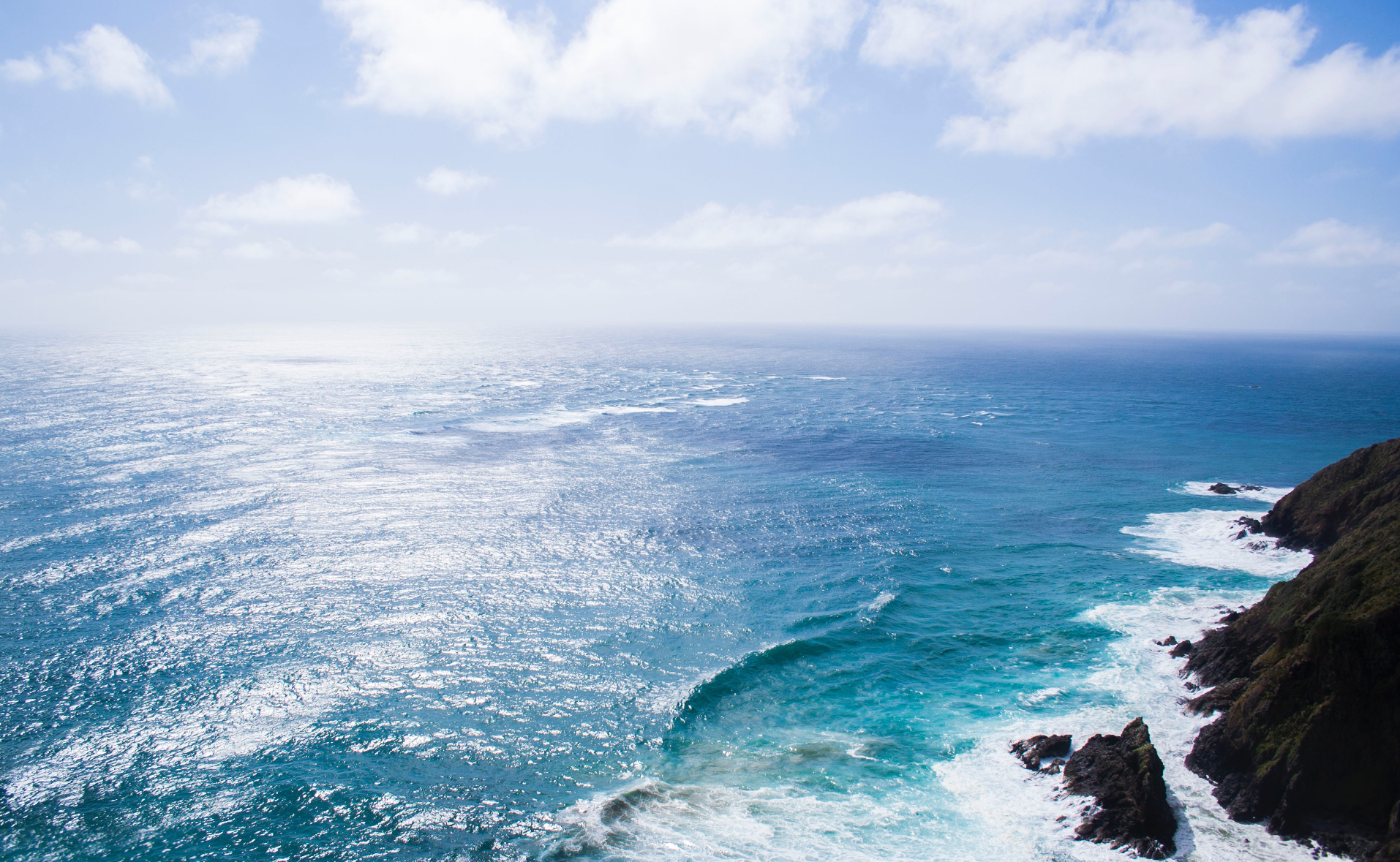New Findings Show That Some Exoplanets Might BE More Habitable Than Earth
As of today, more than 4000 exoplanets have been discovered. This image shows the amazing set of planets in the TRAPPIST-1 system. Three out of seven of these planets orbit within the habitable zone of their host star.- Image Credit: NASA/JPL-Caltech - HDR tune by Physics-Astronomy.org
Exoplanet hunting has seen an enormous boost in the past few years. As of today, more than 4000 exoplanets have been discovered! Naturally, our curiosity regarding the possible existence of extraterrestrial life has surged alongside this boost.
Inspired by this rise in exoplanet discoveries, scientists often philosophize about what habitable worlds would look like. Over the years, it has been concluded that many types of worlds might be suitable for life. Even planets outside their habitable zone, like snowball exoplanets, have been considered as potentially inhabitable. Lots of these potentially habitable types of worlds are less livable than Earth. New research, however, shows that there also might be some exoplanets that have better conditions for life to thrive than Earth.
When searching for life, researchers mainly focus on exoplanets located within the habitable zone around their host star. In these habitable zones, planets can have liquid oceans on their surface. However, not all oceans are equally suitable for life. It turns out that global circulation patterns play an essential role when it comes to liveability and the abundance of life.

Oceans circulation plays an important part in the viability of exospheres - Image Credit: Mathew Waters via Unsplash
To find out which ocean worlds have the most beneficial circulation patterns, researchers have modeled the most common conditions on different types of exoplanets. With that information, it is possible to decide which kind of exoplanet has the most chance to create a thriving, sustainable, biosphere.
Dr. Stephanie Olson from the University of Chicago stated that 'Life in Earth's oceans depends on upwelling (upward flow) which returns nutrients from the dark depths of the ocean to the sunlit portions of the ocean where photosynthetic life lives. More upwelling means more nutrient resupply, which means more biological activity. These are the conditions we need to look for on exoplanets'. The researchers found that Earth might not be optimally habitable as slower rotation rates, higher atmospheric density is possible.
Because of current technological limitations, we are not able to detect a significant portion of possible extraterrestrial life. It is therefore essential that we target a subset of potentially habitable planets with the most favorable conditions for thriving biospheres. The researchers stated that currently, there are no telescopes capable of identifying the types of exoplanets that could test their hypothesis. It might be a clever idea to make sure that future telescopes have suitable technical capabilities to detect these ocean worlds.
Sources and further reading: EurekAlert - List of potentially habitable exoplanet



No comments